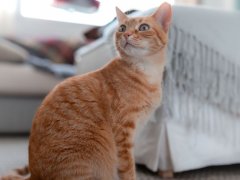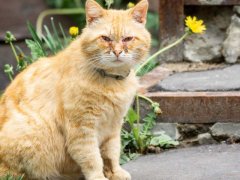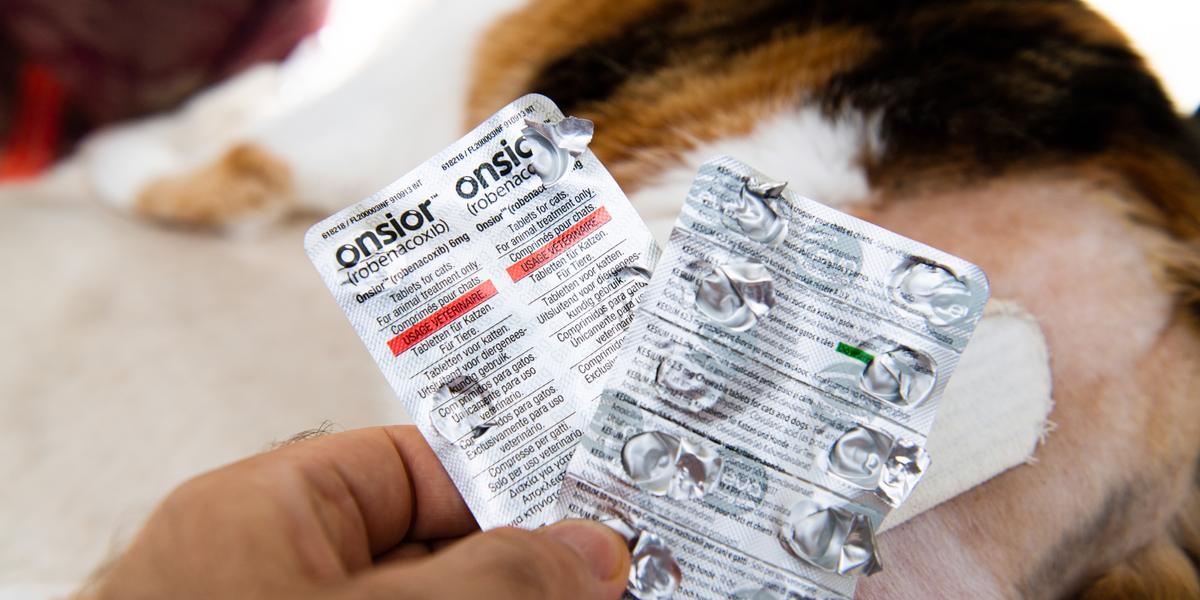
Onsior for cats is a brand name for robenacoxib, a non-steroidal anti-inflammatory drug (NSAID) medication that is FDA-approved for use in cats. In this article, you’ll learn what Onsior is, how it works and what it’s used for, safety concerns and adverse effects, and some frequently asked questions.
Onsior for Cats Overview

About Onsior for Cats

Cats who are in pain due to illness or injury may lash out with violent behavior.
Onsior is the brand name for robenacoxib, a non-steroidal anti-inflammatory drug (NSAID) produced by Elanco Animal Health, which is FDA-approved for use in cats as a reliever of pain and inflammation in cats undergoing spay, neuter, or orthopedic surgical procedures.
Also Read: What Can You Give A Cat For Pain? 6 Vet-Recommended Options
Robenacoxib, in the coxib class of NSAIDs, is what is known as a COX-2 selective NSAID. There are two cyclooxygenase (COX) pathways in the body, termed COX-1 and COX-2. COX-1 is involved with normal physiologic function, especially of the stomach, kidneys, and platelets. COX-2 is involved more with inflammation within the body.
NSAIDs have the ability to block the COX pathways. In this way, they can reduce inflammation and the pain that inflammation causes. When you take an NSAID like ibuprofen, the drug is blocking parts of this inflammation pathway to reduce swelling and pain from that ankle you sprained on your morning jog.
But there’s a trade-off in blocking the COX pathways. NSAIDs may block COX-2, providing pain and inflammation relief, but they also block COX-1, which the body actually needs to function normally. It is the blockage of COX-1 that can lead to concerns like stomach ulceration, kidney damage, and problems with normal blood clotting.
Pets are extremely sensitive to the effects of NSAIDs, which led to the need to research NSAIDs that were more selective to block inflammation of the COX-2 pathway while preserving as much function of the COX-1 pathway as possible, reducing side effects.
Cats, even more so than dogs, are sensitive to NSAID effects. Meloxicam, an NSAID approved for use in dogs in the US, had been used in cats at modified doses for many years, though there was still a risk of side effects.
Onsior is the first NSAID FDA-approved for use in cats and is considered a COX-2 selective (and COX-2 sparing) NSAID. In cats, it is considered to be about 500 times more selective for COX-2 vs. COX-1.
What Is Onsior Used for in Cats?

In cats, Onsior is labeled for control of postoperative pain and inflammation associated with orthopedic surgery, ovariohysterectomy (spay), and castration (neuter).
As far as its labeled use, Onsior is approved to be used for up to 3 days after these surgical procedures. It is important to note that even though there is some risk of side effects, as will be discussed soon, Onsior was found to provide better pain relief for the first 8 hours after surgery compared to the pain medication buprenorphine.
Given that Onsior is the only FDA-approved NSAID for use in cats and is the safest one available, it is very common for veterinarians to also prescribe Onsior for other conditions causing pain and inflammation, such as a traumatic injury.
Side Effects of Onsior for Cats
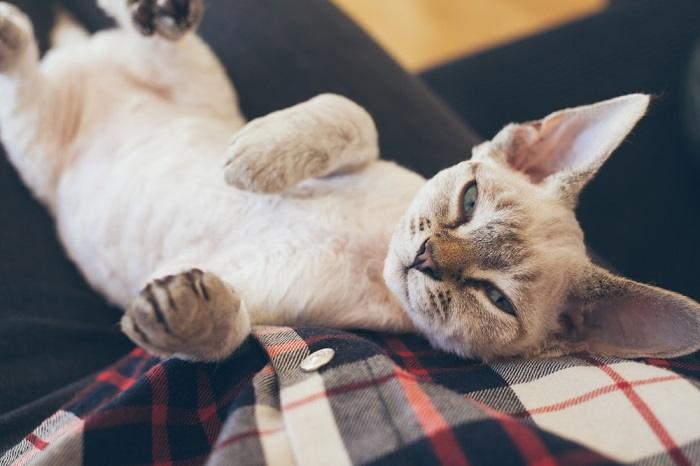
Onsior is the safest NSAID medication available for use in cats.
Although Onsior is very COX-2 selective, meaning that the risk of side effects is greatly reduced compared to use of other NSAIDs, the risk of adverse effects is certainly still present.
Generally, potential side effects that can be seen with NSAID medications can include gastrointestinal upset, stomach ulceration, kidney toxicity, liver toxicity, and bleeding.
In cats, the most common side effects reported by the manufacturer include transient, mild diarrhea and soft stool, decreased appetite, lethargy, and vomiting.
Onsior Injection for Cats
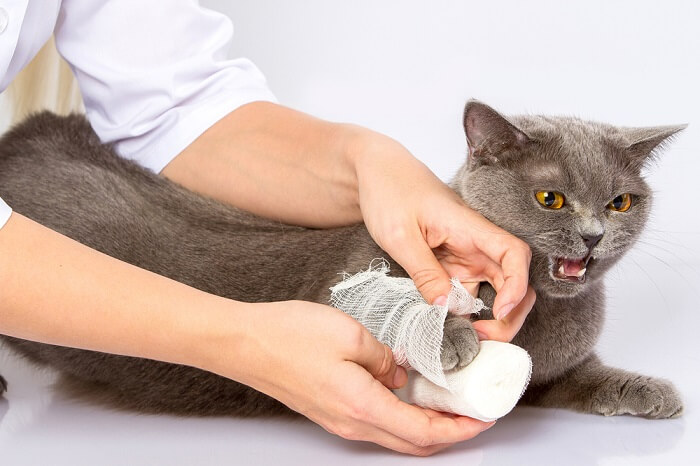
Some complications of a surgical site or at the site of injection from injectable Onsior, may be seen including bleeding and inflammation.
According to a controlled field study, of just over 160 cats, an average of about three to four cats showed these side effects, suggesting that Onsior is still well-tolerated in a majority of cats when dosed appropriately.
Very uncommon side effects reported include blood in the urine, hair loss, respiratory distress, incoordination, and death. Cases of death are thought to be related most often to kidney failure.
It’s important to note also that these effects are noted in healthy cats. Side effects may be more likely if a cat is dehydrated, on a diuretic (such as furosemide for heart disease), or has pre-existing kidney, heart, or liver dysfunction.
Overdoses of any NSAID can increase the risk for gastrointestinal tract ulceration, kidney and liver damage, and bleeding from altered platelet function.
In healthy young cats, doses of both two times and five times the labeled dose of injectable Onsior did not result in significant side effects. Safety trials, also in healthy young cats, given five times the labeled dose for 30 days also did not lead to generally significant effects on health or labwork parameters.
Treatment of toxicities or overdoses often include gastrointestinal protective agents to treat or protect against ulcers, diuresis of the kidneys with intravenous fluids, and other supportive care as needed. Some cases may require hospitalized care.
Onsior may interact with a few different types of other medications. However, the most important precautions are that Onsior cannot be given with any other NSAID (including baby aspirin) or a steroid (like prednisolone or budesonide).
If multiple NSAIDs are used together or if NSAIDs and steroids are used together, this greatly increases the risk for toxicity effects, especially of the digestive tract.
Always make sure to discuss any medications your kitty is taking with your veterinarian when considering Onsior use.
If you are ever concerned that your kitty may have developed side effects while using Onsior, if an overdose is suspected, or if there is concern it may have been used with another NSAID or a steroid, make sure to contact your veterinarian, the ASPCA Animal Poison Control Center (1-888-426-4435), or Pet Poison Helpline (1-855-764-7661) immediately for further advice.
Onsior for Cats Dosage
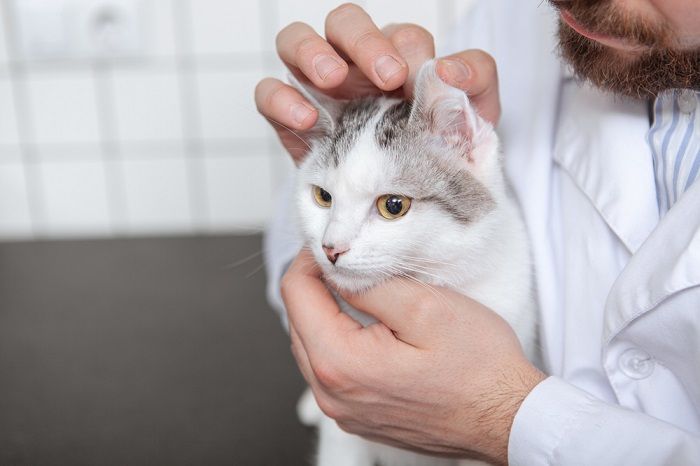
Onsior cannot be given with certain other drugs; tell your vet about any other medications your cat is taking.
Onsior is only approved for use in cats 4 months of age or older, and weighing at least 5.5 pounds. According to the manufacturer, cats weighing less than 5.5 pounds cannot be dosed accurately with the oral tablets, as the tablets are not intended to be cut or divided.
Onsior’s labeled dose per the manufacturer is one 6 milligram tablet for cats weighing 5.5 to 13.2 pounds. For cats weighing 13.3 to 26.4 pounds, two tablets are used.
Onsior is only labeled for use for a maximum of three days, with doses given once every 24 hours. The Onsior tablets come in blister packs of three tablets in keeping with this labeled dose.
Tablets may be given with or without food, though giving without food may help to increase absorption of the medication.
An injectable form of Onsior is also available, and it is very common for this dose to be used in a veterinary setting prior to or during a surgery when appropriate, to ensure that pain relief is provided prior to the start of recovery.
There are a couple of off-label uses for Onsior, including use for six days for acute pain, and up to 28 days for chronic pain. Reportedly, cats suffering from osteoarthritis tolerated appropriate doses for this length of time, including some cats with chronic kidney disease, without noticeable side effects or changes on labwork panels.
With any NSAID, long-term use needs to be discussed in terms of benefits of pain and inflammation relief outweighing risks of side effects. This may differ from cat to cat, and is a discussion that needs to be had individually with an attending veterinarian.
Conclusion
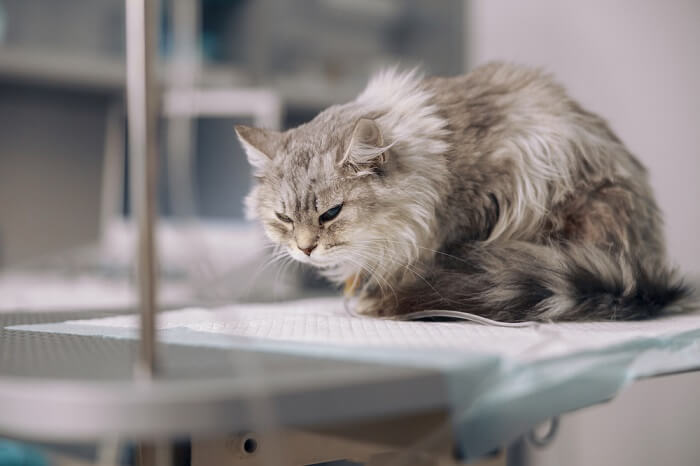
Onsior is known as the safest NSAID medication available for use in cats, with the lowest risk of side effects. It has also shown to be crucial to providing good pain relief for cats, especially following surgical procedures. It is well-tolerated by a majority of cats when dosed appropriately for short periods, especially in younger, healthy kitties.
However, side effects can occur with any NSAID. Closely monitoring your kitty while using Onsior, as well as staying in touch with your veterinarian if any adverse effects are seen, are important considerations with its use.
Frequently Asked Questions
What does Onsior do for cats?
Onsior is a non-steroidal anti-inflammatory drug (NSAID). Its primary purpose is to provide pain relief through reduction of inflammation. Onsior is primarily indicated for short-term use in cats surrounding surgical procedures, but may be used by veterinarians for other conditions involving inflammation and pain.
How long does it take for Onsior to work in cats?
According to the manufacturer, oral Onsior reaches peak concentrations in the body within about 30 minutes. Onsior lasts for approximately 24 hours at appropriate doses.
What are the side effects of Onsior in cats?
The side effects of Onsior are similar to side effects that may be caused by any NSAID. This most often includes gastrointestinal signs, like decreased appetite, vomiting, and diarrhea. Worse side effects, which are less common, can include toxicity to the kidneys and liver, and problems with the body’s ability to clot blood normally.
How long can cats stay on Onsior?
The labeled dose of Onsior indicates a maximum of three days, and many veterinarians follow this indication closely, even when using for off-label purposes. However, there are some off-label doses for Onsior for acute and chronic pain that have found good effects and safety margins for anywhere from six to seven days up to about 30 days.
The decision to use Onsior for periods of longer than 3 days as labeled, should be based on a discussion with a veterinarian of the benefits the medication provides for pain relief outweighing the risks of side effects.
Is Onsior a steroid?
No, Onsior is not a steroid. Onsior is a non-steroidal anti-inflammatory drug (NSAID), which works by different mechanisms to target inflammation and pain than a steroid. It is important to remember that NSAIDs and steroids cannot be given at the same time, as this does greatly increase the risk for side effects, especially in the gastrointestinal tract.
Does onsior for cats make them sleepy?
Typically Onsior will not make your cat sleepy, most common side effects include gastrointestinal signs, like decreased appetite, vomiting, and diarrhea.

